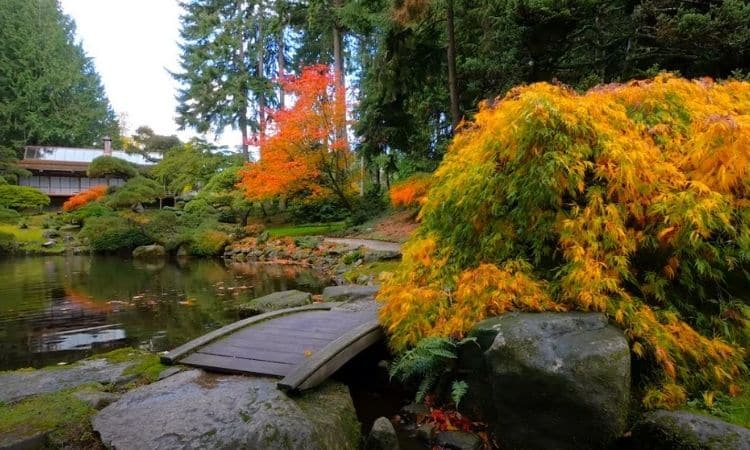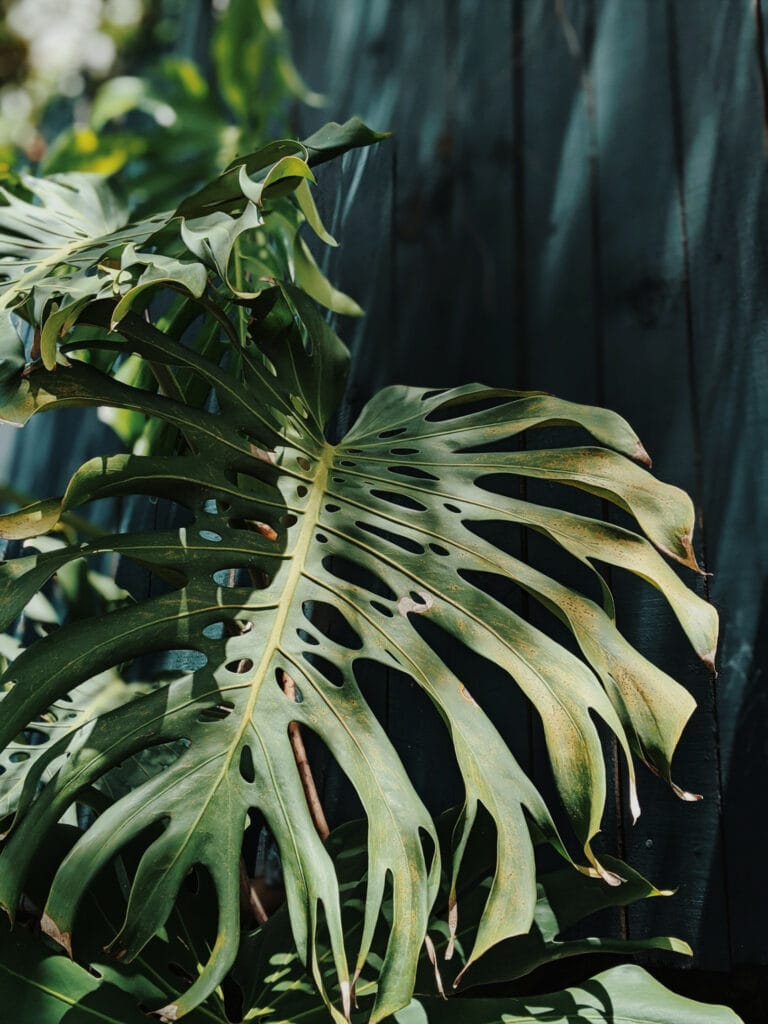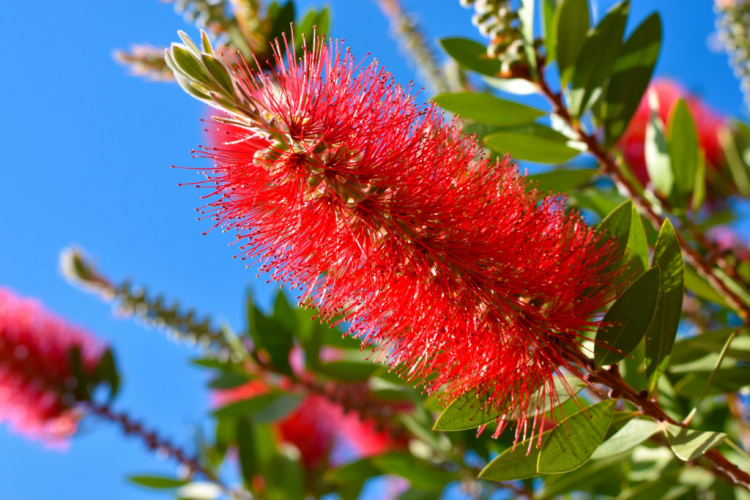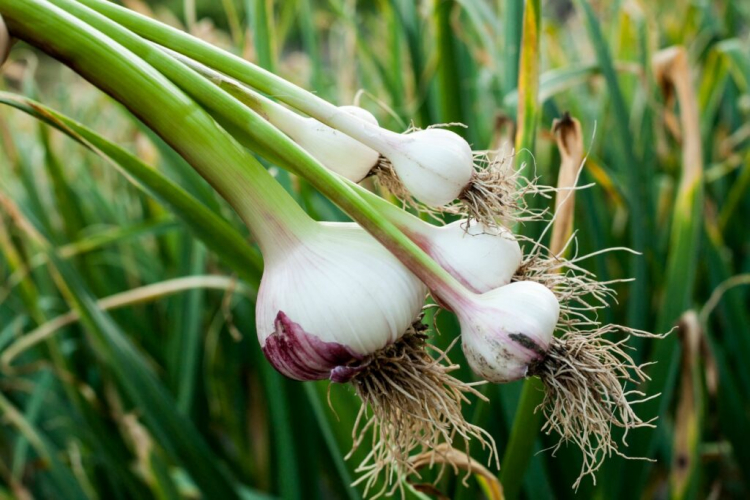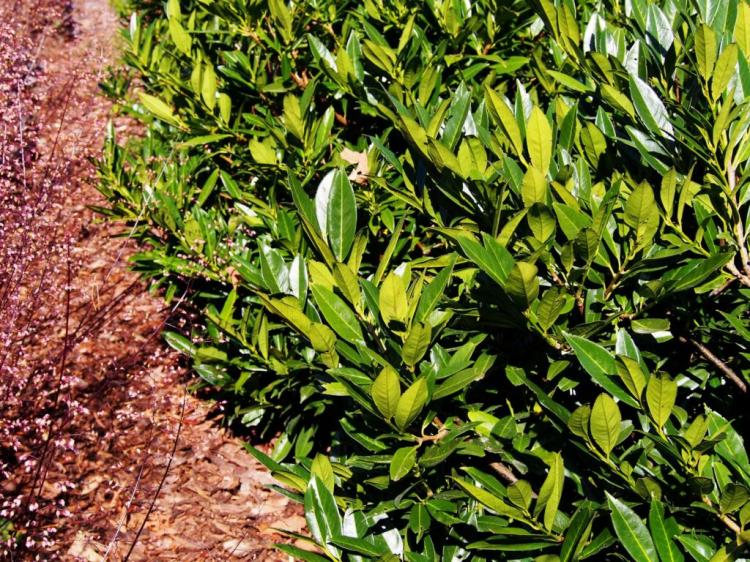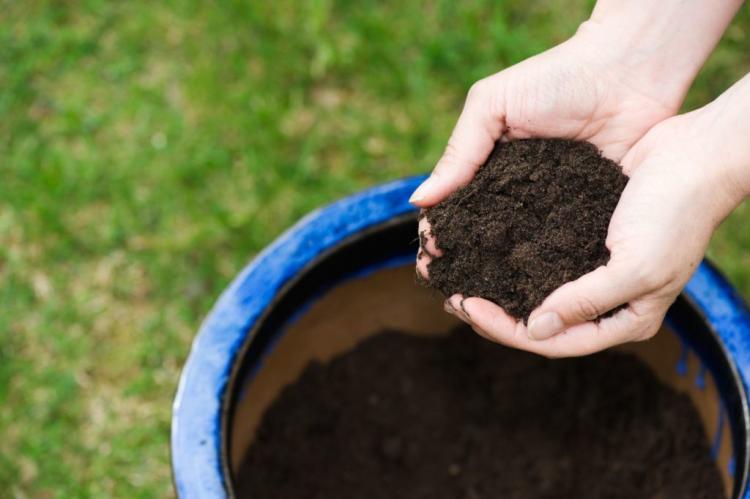Nature Garden In Autumn: Gardening In A Natural Garden
Who pays attention to a few things when gardening in autumn, can offer animals food and a winter quarter and care for the soil as well as the plants in his garden. Here you can find all the work for the natural garden in autumn.
Autumn always presents garden owners with great challenges, because suddenly there is a lot of work to be done to prepare the garden for the winter. If you are dedicated to gardening close to nature, you can relax a little in autumn: Instead of removing leaves, old wood, and dried-out inflorescences, these can be left in the garden, because they can often still be used sensibly. In our article, we will tell you which gardening work is due in the natural garden in autumn and which work, in contrast to conventional garden maintenance, is not necessary.
Nature Garden In Autumn: Leave Leaves Lying Around
Table of Contents
The colorful foliage drives many a gardener crazy in the fall when it falls on lawns and beds and has to be raked together with great effort. In a natural garden, you can save yourself this work without a guilty conscience: Foliage takes over an important task as natural winter protection for flora and fauna. Animals in particular, including hedgehogs, insects, and toads, use piles of leaves as quarters for their hibernation.
In addition, autumn leaves serve as food for many larger and smaller soil organisms, which crush the leaves and reassemble them into valuable humus, so that the leaves serve as a natural soil fertilizer. Caution: Lawns should not be covered by a thick layer of leaves during the winter, as grasses still occasionally photosynthesize in winter.
Tip: Foliage with many tannic acids or high carbon content, for example from conifers, oaks, horse chestnuts, walnuts, beeches, and poplars, rots only very slowly and often forms a thick layer of raw humus on the ground over the years. If you want to avoid such a rise in the soil level, you can easily remove the half-rotten humus even in spring. The foliage of birches, elms, and hornbeams rots much faster and can often be left lying around.
Those who do not want to completely do without order in the garden and, for example, remove leaves from paved areas or sidewalks, should always use a rake or broom, if necessary with a leaf blower. Leaf vacuums have no place in a near-natural garden because they do not only disturb the garden animals with their loud noises, the vacuums also suck in numerous microorganisms and insects.
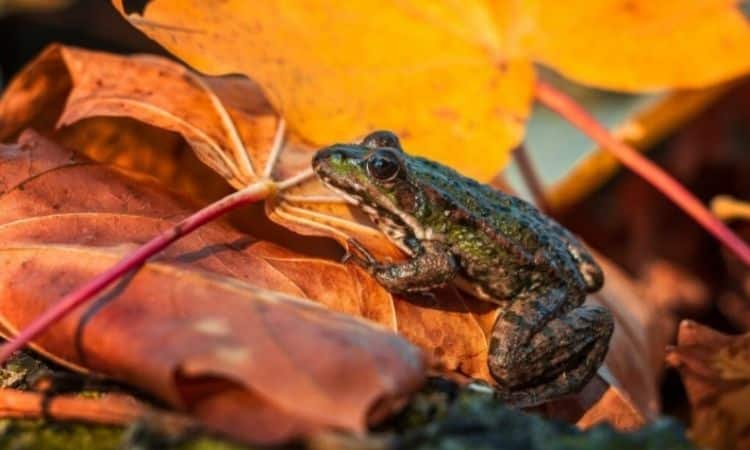
The raked leaves can then be piled up elsewhere in the garden as a shelter for animals or used as frost protection for woody plants. Other useful applications for autumn leaves in natural gardens can also be mulching beds or composting. With the latter, however, it should be noted that the rotting of leaves often takes a long time.
To ensure that the leaves do not hinder the composting of your other organic waste, you should therefore create a separate compost heap for leaves and, if necessary, support the rotting process by adding nitrogen.
Tip: Sick fallen leaves, for example from trees with the scab, shotgun disease, or grating, should not be composted if possible, but removed from the garden. If the infested leaves remain in the garden, pathogens can survive in it, the infection pressure in the following year increases considerably and endangers the harvest or makes the use of plant protection products necessary.
Create Winter Quarters For Animals
When the temperatures and the first leaves fall, numerous animals start to search for a suitable wintering place. Those who do not have the luxury of moving to warmer climates as migratory birds often look for a retreat in the garden. It is therefore all the more important that the natural garden provides sufficient retreats in winter.
In autumn, deadwood and leaves should never be cleared away in the near-natural garden, as they provide a good retreat for hedgehogs and insects. If you would like to support the hedgehog in the autumn, you can also place a hedgehog house in a suitable location as a wintering place. Insects can also be helped by building an insect hotel.
Native shrubs and trees provide hiding places for birds and also serve as a source of food. Besides, one can already hang up new Nistkästen during the gardening in the autumn – these are not used in the winter for the brood, many birds perceive them thankfully as weather-protection, however.
If you don’t have a compost heap yet, you should put it up quickly in autumn: Compost is not only a natural fertilizer in the natural garden – since the compost heap remains pleasantly warm even in winter, it is often used by common toads as a hiding place.
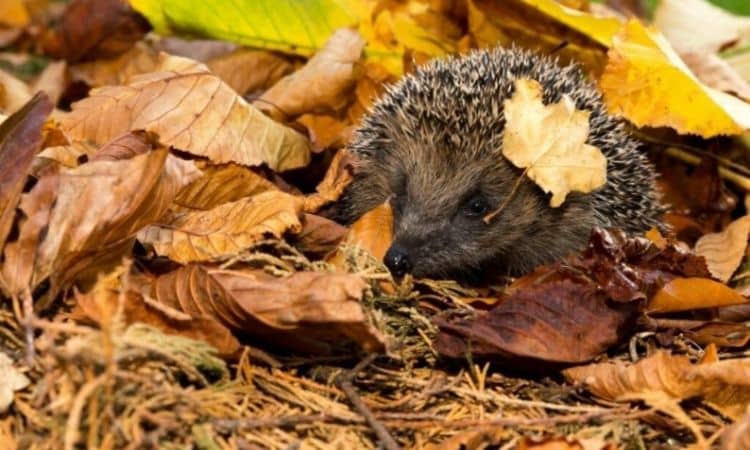 Drywalls or cairns can also be built in autumn, which is used by slowworms, toads, and various insects for hibernation. Even though autumn and winter are used to cut down old and dead trees, they should be left in a natural garden, because especially in tree holes and hollow trees numerous animals like the bat-like to spend the winter.
Drywalls or cairns can also be built in autumn, which is used by slowworms, toads, and various insects for hibernation. Even though autumn and winter are used to cut down old and dead trees, they should be left in a natural garden, because especially in tree holes and hollow trees numerous animals like the bat-like to spend the winter.
Instead of the winter, one should use therefore rather March for the felling of old trees, since most animals already terminated their winter peace here. Important: Starting from 30. March is the feeling and strong trimming of trees and bushes because of the bird brood already again forbidden.
Tip: A good alternative to felling old and rotten trees is radical pruning. In this process, all parts of the tree that are in danger of breaking are trimmed so that there is no longer any danger of falling, but the remaining trunk is left in the garden. Planted with climbing roses or ivy, such tree trunks are not only a great eye-catcher, but also serve garden animals as an ideal hiding place for the next few years.
Create Benjes Hedge
When gardening in autumn, many branches and twigs are produced by pruning. And often one does not know where to put them: brushwood heaps have a great added value for the fauna in the garden, but they quickly appear untidy, especially in smaller gardens, and are therefore not popular with all gardeners.
A good alternative for the natural garden is therefore the planting of a so-called Benjes or dead wood hedge. In this hedge, sections of wood are loosely stacked on top of each other and fixed with wooden posts to create a decorative screen.
But the Benjes hedge is not only visually impressive – if you plant the hedge in the natural garden in autumn, but you can also soon see that many garden inhabitants choose the hedge as a place of retreat.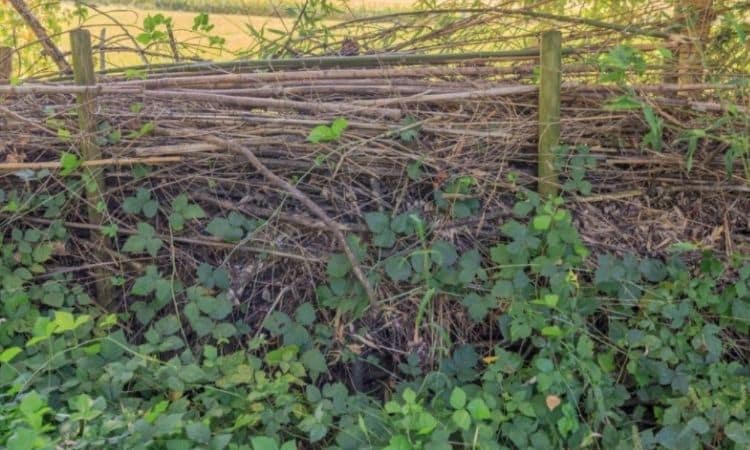
Hedgehogs, dormice, and small reptiles like to use the Benje hedge as a place to hibernate, but also common toads and numerous species of insects find a suitable place of retreat there. In spring, the Benjes hedge quickly becomes a nursery, because of robin, wren, and co. find a nesting place through the deadwood.
But this garden element not only serves as a habitat but also creates new life itself: While the wood slowly rots, new plant seeds accumulate in the hedge and begin to germinate, so that after a few years a living, healthy wild hedge grows from the loose heap of deadwood.
Fall Fruit As Food For Animals Leave
Often the fruit trees are so full in autumn that it is difficult to keep up with the harvest. As a result, large numbers of apples, pears, and plums lie under the trees as fallen fruit. Many gardeners now tend to simply rake the fruit together and dispose of it. In doing so, the fruits can still be used sensibly: Fallen fruit with only small pressure marks can be processed into jams and marmalades.
The rest of the fallen fruit can simply be left in its place and is gratefully accepted by all kinds of garden animals as a source of food. Many bird species, in particular, enjoy fresh fruit as a food source in autumn and winter, but many useful insects are also grateful for the extra portion of food.
If you are worried that wasps are attracted to the fallen fruit and might sting, you can also pick up the fallen fruit and lay it out in a more secluded corner of the garden. In this way, the animals can still benefit from the windfall without getting in the way of humans.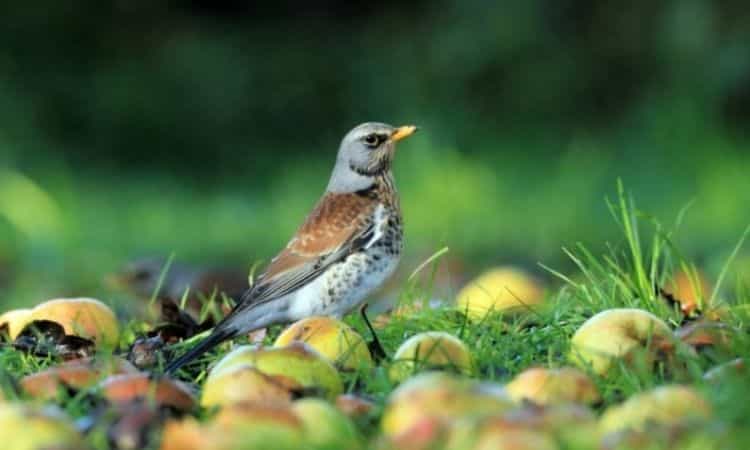
Tip: In contrast to windfall fruit, so-called fruit mummies, i.e. fruit that has remained on the tree due to illness, should be removed without fail. These often contain spores of pathogens that can re-infect the tree in the following year – to keep the tree healthy, removal is therefore unavoidable.
Leave The Seeds And Dried-Up Perennials To Stand
For a long time, it was considered part of the work in autumn to cut back dried-out perennials and remove the seeds. In the natural garden, this work should be avoided: In fact, the remnants of perennials and flowers can still be really useful.
The nutritious seeds are a wonderful source of food for numerous bird species and hollow stems and left-over leaves provide an ideal winter home for insects. In addition, the plant benefits from not having to prune the plant, as the dried stems and leaves often protect the newly formed buds and provide natural protection during the winter.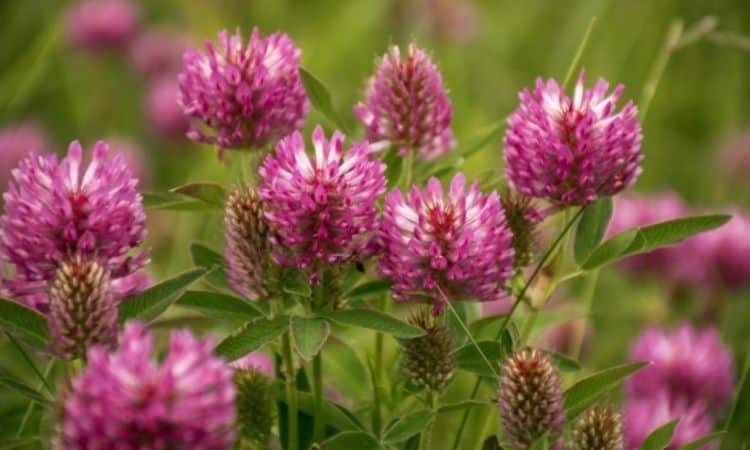
Only in one case should shears be used in the natural garden in autumn: If a plant has died or fallen ill, it is necessary to remove all affected plant parts so that the disease is not transmitted to other plants.
Tip: If you want to propagate perennials or vegetables next year, you should use the time to carefully collect the seed heads. Dried and stored in a dark, dry place, they are perfect for sowing next year.
Sowing Green Manure
When autumn and winter arrive in a natural garden, the flower beds often become balder. Unfortunately, vegetable beds in particular often lie fallow in autumn and winter. In autumn and winter, the beds in a natural garden can be greened not only beautifully, but above all, useful.
So-called green manuring over the winter has several advantages: Firstly, the plants protect the garden soil from erosion and in many cases offer garden animals a hiding place. On the other hand, foundation plants primarily serve as natural soil improvement, because many of them introduce nitrogen into the soil and ensure that the soil is well loosened by their roots.
In addition, the soil is covered and this thermal insulation benefits above all soil life. Suitable plants for green manure in autumn are, for example, winter vetch (Vicia villosa) or red clover (Trifolium pratense).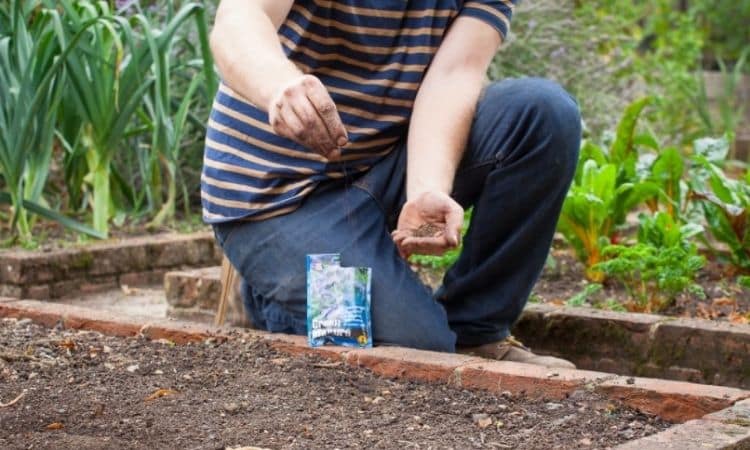
Planting Native Shrubs And Perennials
Autumn is the ideal time to plant shrubs and perennials and thus redesign your garden. This also applies to a garden that is close to nature: In autumn, new shrubs, bushes, perennials, and hedges can be planted here in an excellent way.
One should pay attention primarily to the fact that the new garden inhabitants are native also in Germany. Exotic plants, how they are to be found today frequently in the garden trade, have unfortunately sometimes the disadvantage that they are sterilely bred and thus neither pollen nor nectar holds ready or that they cannot be used by the native animals by a strange bloom arrangement.
All the more important it is to set in its own garden on a just as beautiful as useful plant offer: Native shrubs often offer a good hiding place for birds and often bear fruits in autumn and winter, which represent a valuable food source – and in addition enrich the winter garden also with their bright colors.
Insect-friendly perennials and bee-friendly shrubs are an enrichment for every garden, not only because of their blossom splendor but also because of their ecological added value, because they offer a food possibility to the most different animals.
